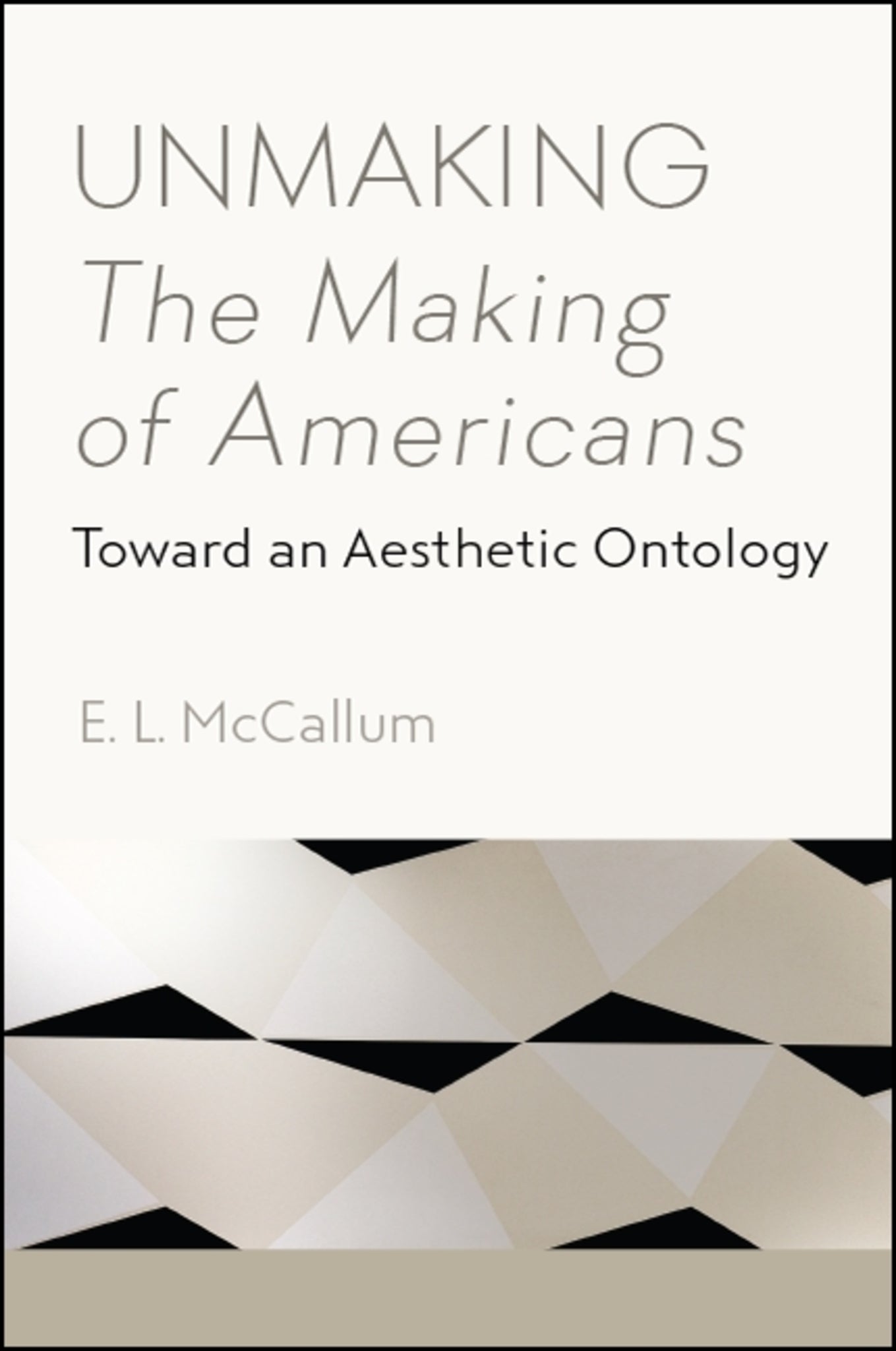We're sorry. An error has occurred
Please cancel or retry.
Unmaking The Making of Americans

Some error occured while loading the Quick View. Please close the Quick View and try reloading the page.
Couldn't load pickup availability
- Format:
-
01 January 2018

Develops the sustained, relational, dynamic, and reflective attention demanded by Gertrude Stein's novel into a theory of reading and critical analysis.
Arguing that Gertrude Stein's monumental novel The Making of Americans models a radically aesthetic relation to the world, E. L. McCallum demonstrates how the novel teaches us to read differently, unmaking our habits of reading. Each of the chapters works through close readings of Stein's text and a philosophical interlocutor to track a series of theoretical questions: what forms queer time, what are the limits of story, how do we feel emotion, how can we agree on a shared reality if interpretation and imagination intervene, and how do particular media shape how we convey this rich experience? The formally innovative agenda and epistemological drive of Stein's novel stages rich thought experiments that bear on questions that are central to some of the most vibrant conversations in literary studies today. In the midst of ongoing debates about the practices of reading, the difficulty of reading, and even the impossibility of reading, the moment has come to have a fuller critical engagement with this landmark novel. This book shows how.


List of Illustrations
What to Make of The Making of Americans
An Introduction to Reading
1. It Takes Time to Make Queer People
Heidegger through Stein
2. Why Should Any One Keep on Going?
Feeling the Story
3. A Real Aesthetic Aspiration
Body-Maps of Emotion’s Narrative
4. I Write for Myself and Strangers
Kant with Stein
5. Still Narrative
Matisse, Deleuze, and Stein
Acknowledgments
Works Cited
Index



